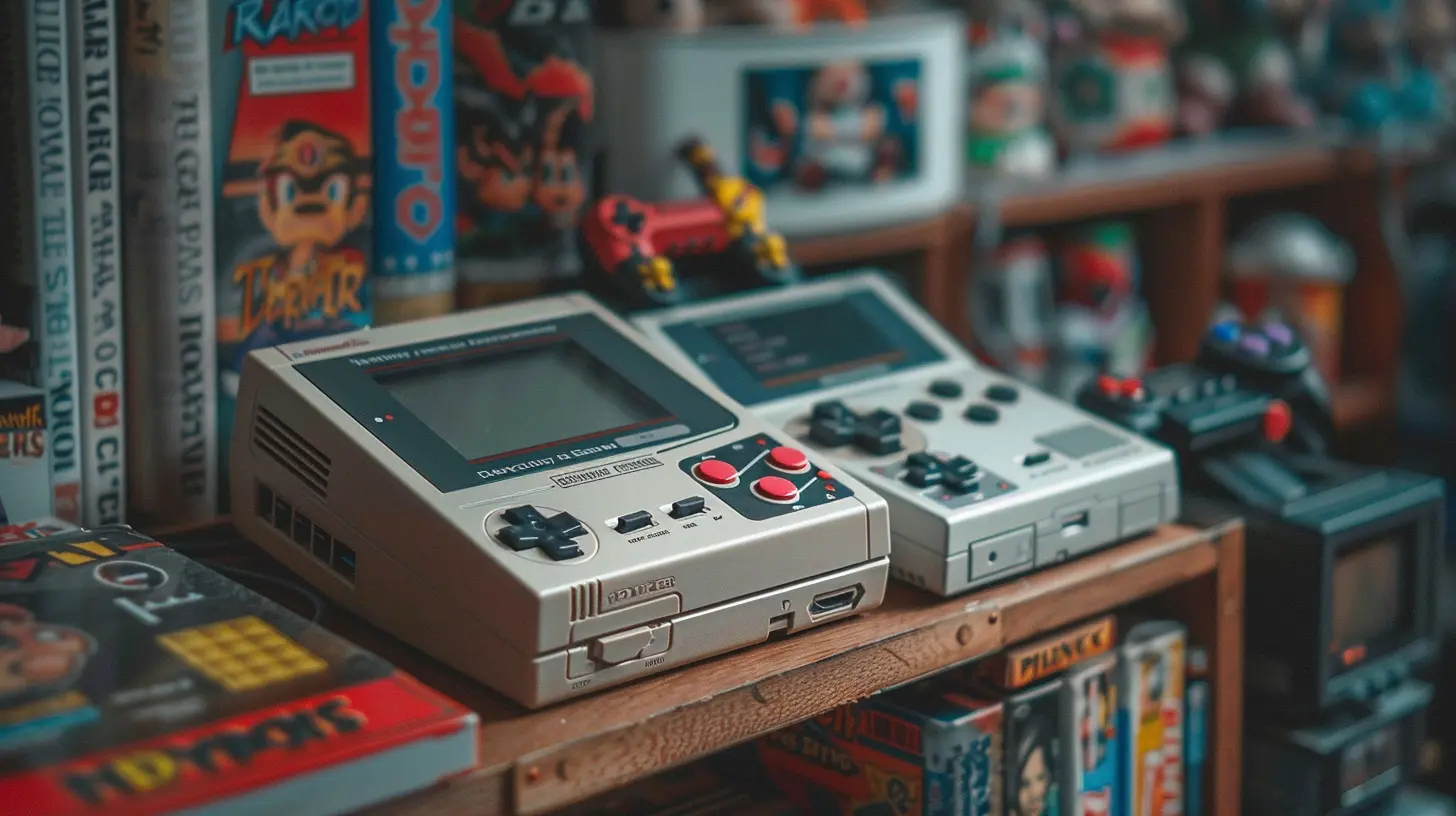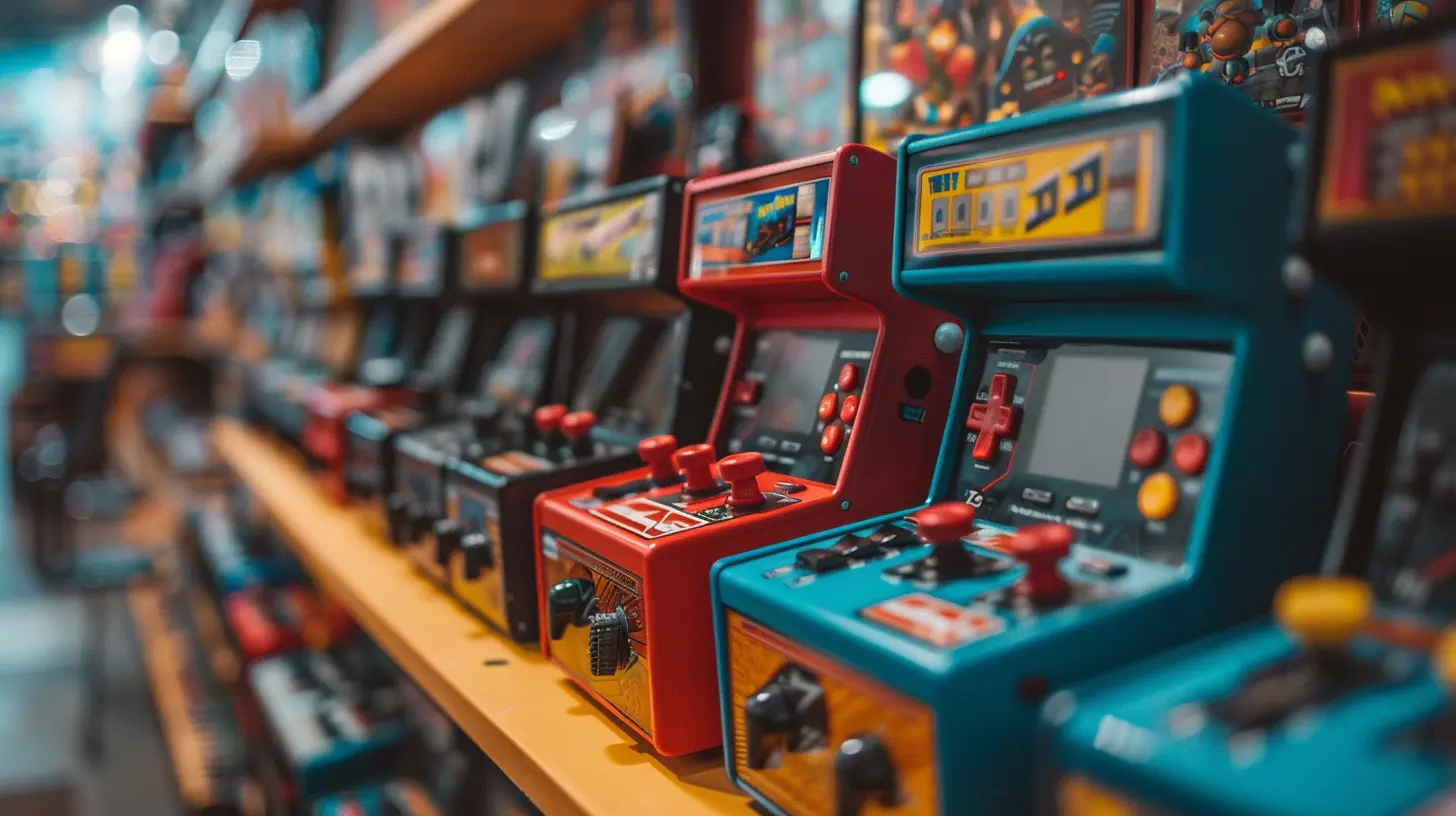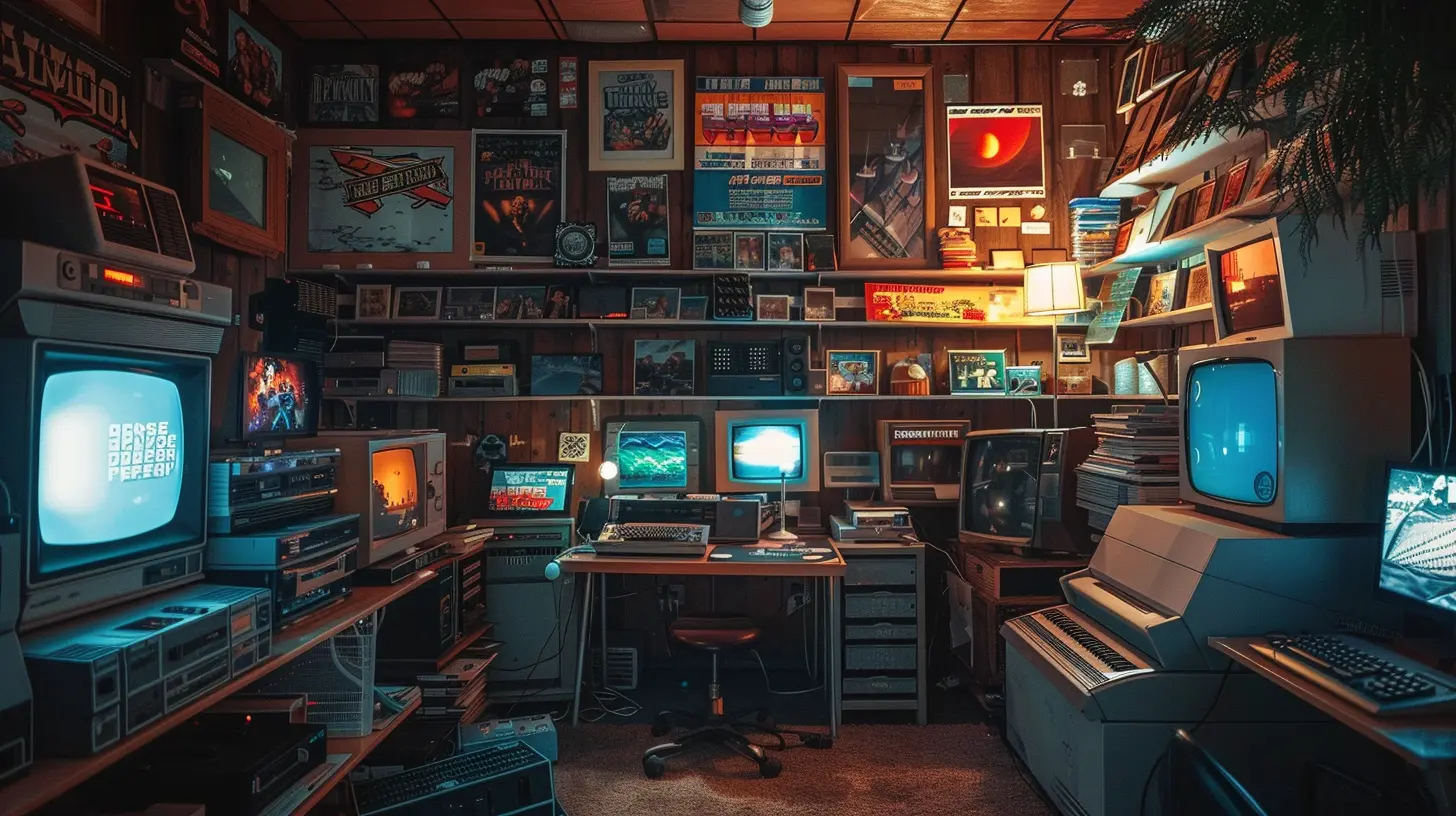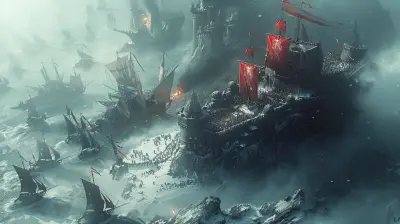The Influence of Retro Games on Modern Game Design
12 July 2025
For those of us who grew up blowing into cartridges, typing endless cheat codes, and hanging out in dimly lit arcades, retro games hold a special place in our hearts. But did you know that these pixelated pioneers haven’t just been gathering dust in the attic of gaming history? Nope! Those old-school classics have left an undeniable mark on modern game design. Today, game developers worldwide are borrowing, tweaking, and sometimes outright stealing ideas from retro games—and for good reasons!
Let’s talk about how retro games shaped the gaming industry we all know and love today. Ready to hit "start"? Let’s go.
A Pixelated Reminder of Where It All Began
Before we had jaw-dropping graphics and massive open worlds, games relied on simplicity. Back then, developers didn’t have access to the fancy tech we have now. They worked within the limits of blocky pixels, chiptunes, and minimal storage. But guess what? Those constraints didn’t stop them—they inspired them to get creative.Think about Tetris. With nothing more than falling blocks, it became a global phenomenon. Why? Because at its core, it was easy to learn but tough to master. That addictive loop? It’s a lesson modern games like Candy Crush and Among Us have taken to heart: simplicity sells. Nostalgic mechanics and that “just one more round” feeling—it’s all rooted in retro games.
The Roots of Game Mechanics: What Retro Games Taught Us
Let’s be real: most of today’s games would be nothing without the foundational mechanics established by retro games. Here’s a breakdown of some timeless principles that have stuck around:1. Challenge and Reward
Remember the sweaty-palmed stress of Contra or the frustration of losing coins in Donkey Kong? Retro games were tough—not because developers were cruel but because they wanted players to feel accomplished. Beating a level felt like winning the lottery. Those well-placed rewards for overcoming challenges laid the groundwork for modern game progression systems.2. Replayability
Games like Pac-Man and Super Mario Bros. mastered the art of replayability. Their simplicity and short stages encouraged players to jump back in and try again (and again). Today, modern roguelikes like Hades and live-service games like Fortnite owe a huge debt to this ethos. They hook players by making “starting over” part of the fun.3. Player Freedom
Retro RPGs like The Legend of Zelda encouraged exploration without holding your hand. That sense of freedom influenced today’s open-world games like The Witcher 3 and Elden Ring. Even in a world of vast, sprawling universes, the roots of player autonomy can be traced back to those early adventure titles.4. Simple Yet Iconic Gameplay
Remember the one-button punch in Street Fighter or the straightforward jump in Mario? Retro games were designed to be intuitive enough for beginners while still offering depth for the hardcore crowd. That balance between simplicity and depth has inspired games like Rocket League and Minecraft.
Graphics and Sound: Nostalgia in 8-Bit Glory
Okay, here’s the deal: retro games didn’t have the luxury of realistic visuals or orchestral soundtracks, but they made up for it with charm and creativity.1. Pixel Art: A Timeless Aesthetic
Pixel art isn’t just a bygone relic; it’s making a massive comeback in modern indie games. Titles like Stardew Valley, Celeste, and Shovel Knight use pixel graphics because they’re not only nostalgic but also timeless. There’s something warm and comforting about those blocky visuals that high-res 4K textures can’t replicate.2. Chiptunes: The OG Earworms
Retro game soundtracks were catchy out of necessity. Limited memory meant composers had to pack a punch with just a few notes. That’s why tunes from Mega Man or Sonic the Hedgehog are still stuck in our heads decades later. Modern composers often pull inspiration from these bitsy beats. Think of the pulse-pounding tracks in Undertale—you can hear the past echoing loud and clear.
Storytelling: When Less Was More
Retro games weren’t exactly known for their deep narratives (looking at you, Pong), but they knew how to spark the player’s imagination. A few lines of text here, a quirky backstory there, and boom—you were invested.Modern indie games like Hollow Knight and Celeste carry on this tradition of minimalist yet impactful storytelling. They don’t spoon-feed you the plot. Instead, they let you piece it together, just like those cryptic NPC dialogues in Metroid or Final Fantasy used to do.
Retro Mechanics in Modern Disguises
Here’s the funny thing: even though gaming technology has advanced by leaps and bounds, developers keep returning to retro mechanics. Why? Because they work. Let’s explore a few examples where old-school concepts have been revamped for modern times:1. Permadeath
Games like Rogue introduced players to the concept of permadeath, where every mistake mattered. That tension is alive and well in titles like Dark Souls and Dead Cells. Dying isn’t just a failure—it’s part of the journey.2. Side-Scrolling Platformers
The side-scrolling platformer was a staple of retro gaming, and it’s still thriving. Modern titles like Ori and the Blind Forest pair classic platforming with stunning visuals, proving that old mechanics can feel brand-new when given a fresh coat of paint.3. Limited Resources
Remember scrambling for ammo in Resident Evil or rationing your potions in Final Fantasy? Retro games taught us to think ahead and plan carefully. Survival games like The Last of Us and Subnautica take this to the next level, but the core idea is the same: scarcity breeds strategy.The Indie Game Revolution: A Love Letter to Retro Games
If you’ve noticed, indie games are basically the torchbearers of retro gaming values. Without the pressure of big-budget studios, indie developers can take risks and dive deep into nostalgia. Games like Cuphead (with its hand-drawn 1930s art style) and Hollow Knight (a modern Metroidvania masterpiece) wear their retro influences proudly on their sleeves.Indie games prove that you don’t need cutting-edge graphics or eye-popping effects to create an unforgettable experience. All it takes is heart—something retro games had in spades.
The Power of Nostalgia in Game Design
Let’s face it: we’re suckers for nostalgia. Game developers know this, and they lean into it hard. Remakes and reboots like Final Fantasy VII Remake, Crash Bandicoot N. Sane Trilogy, and The Legend of Zelda: Link’s Awakening are selling like hotcakes because they tap into that warm, fuzzy feeling we get from revisiting our childhood.But it’s not just about rehashing old ideas. Developers are blending the old with the new, creating hybrid experiences that appeal to both retro fans and modern gamers. It’s the gaming equivalent of adding avocado to toast—it shouldn’t work, but it does.
The Future of Gaming: Will Retro Still Matter?
Absolutely! Retro games aren’t going anywhere. If anything, their influence will grow stronger. Developers are realizing that gaming’s past isn’t just something to admire—it’s a bottomless well of inspiration.As technology continues to evolve, some things never change: players want engaging gameplay, rewarding challenges, and experiences that make them feel something. Retro games nailed those elements, and their lessons are timeless.
Wrapping It Up: Why Retro Games Matter More Than Ever
Retro games are the foundation upon which modern game design is built. They taught us the importance of creativity within constraints, the magic of simplicity, and the value of rewarding perseverance. From mechanics to art styles to music, retro games continue to shape the medium in ways both subtle and obvious.So the next time you boot up a modern masterpiece, give a little nod to the past. Whether it’s the brutal difficulty of Dark Souls or the pixel-perfect charm of Celeste, you’re playing a descendant of those early trailblazers.
Retro games may look dated, but their influence? Timeless.
all images in this post were generated using AI tools
Category:
Video Game DesignAuthor:

Avril McDowney
Discussion
rate this article
2 comments
Zayn McAdoo
Nostalgic echoes shape today’s worlds, where pixels dance with dreams.
November 5, 2025 at 5:09 PM

Avril McDowney
Thank you for your poetic insight! Indeed, the interplay of nostalgia and innovation in retro games profoundly shapes contemporary game design.
Zeal Flores
This article aptly highlights how retro games shape modern design, infusing nostalgia while fostering innovation. However, it could delve deeper into the balance between homage and originality, as relying too heavily on the past might stifle future creativity.
July 29, 2025 at 2:26 AM

Avril McDowney
Thank you for your insightful feedback! I appreciate your point about the balance between homage and originality—it's a crucial aspect worth exploring further in future discussions.


